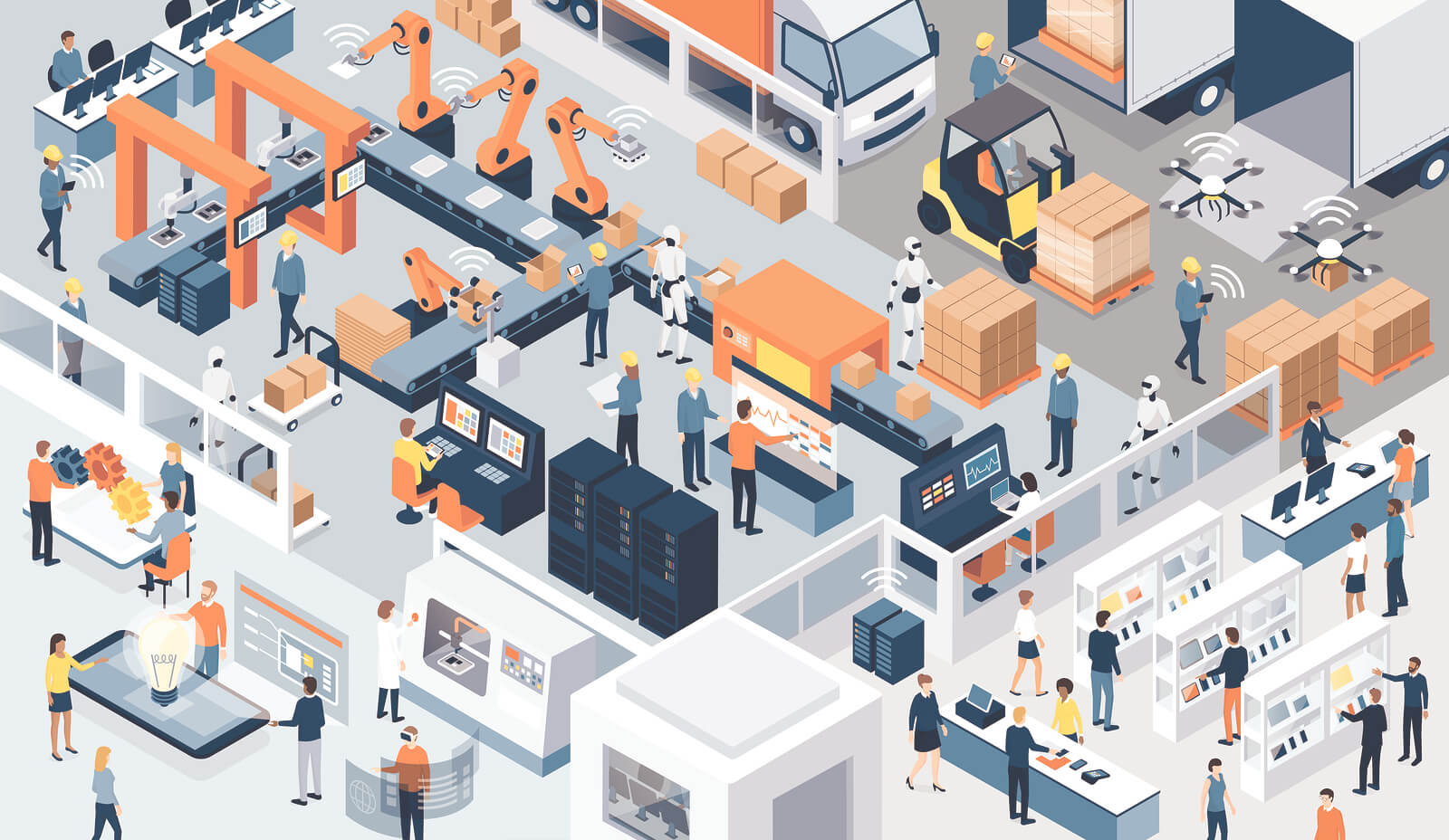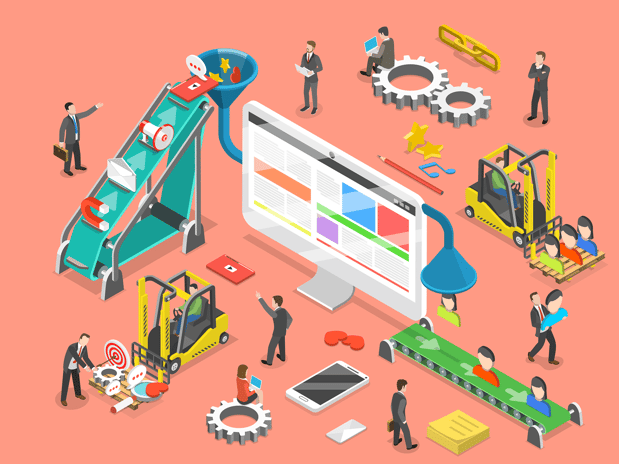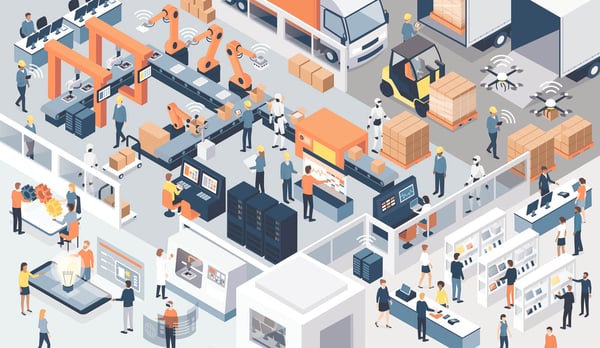Get WISER with Your AI Prompts - A guide for sales managers
Everyone’s wittering on about AI like it’s the second coming. But here’s the rub: if you give it half-baked prompts, you’ll get half-baked answers....
2 min read
Andy Nguyen 20/08/2019 9:00:00 AM

Automation. The sacred word uttered through strategy meetings, marketing WIPs and job interviews the B2B world over.
It’s your marketing function performed by a relentless, untiring, godless machine. A bustling operational utopia, where your focus can be placed solely on growth because all the execution has been taken care of.
At least, that’s the image the word tends to conjure up. However, this is only a part of the truth.
In reality, automation is more like the cogs and gears behind your watch face that creates the beautiful movement of your strategy’s ticking hand — but it still needs you to wind it.
Before we get into how automation works, let’s go over why we use it in the first place.
Sounds pretty great, huh? That’s because it is.
As grandiose as some of these may sound, they all firmly exist within the realm of possibility for B2B marketing automation when done right.

If marketing automation isn’t the “set-and-forget” mechanism, we dream it to be… how does it actually work?
There are 3 core elements to all marketing automation: Enrolment Criteria, Rules and Actions.
Enrolment Criteria: Are the initial set of parameters that will qualify a contact to go through your automated workflow. For example, a simple content delivery may have it’s enrolment criteria set as “Has filled in form X on page Y”.
Rules: Determine the logic of your automation - how contacts actually move through your workflow. These are your IF/THEN branches and time delays. For example, a contact has filled in form X on page Y, but we want to wait a few days to see if they begin a sales conversation before we send a piece of content. This might look like: wait 3 days and IF contact has Lead Status ≠ Sales Follow-Up then send email Z.
Actions: Are the actual activities that are enacted by the workflow. Think… sending emails, internal notifications, updating properties etc. In the case of the above example, the action of this workflow would be Send Email Z.
In its most elementary form - these are the building blocks of all marketing automation.
 How many of your sales and marketing activities could be automated?
How many of your sales and marketing activities could be automated?
Now we know why automation is so fresh and how it actually works, so how do you get started?
Well, you need an automation platform. You need software that will enable you to set up your automation and have it execute those tasks automatically.
There are a plethora of marketing automation platforms available, which can be tailored for different goals and organisations. The important thing here is to get one.
Once you’re over the initial hurdle of learning to use the system, it’s merely a matter of designing what marketing processes should be automated and then breaking it up into the three core components.
And finally — turning it on.
If you're ready to roll out automation in your organisation and want some help, get in touch!
Subscribe to our latest news and updates on HubSpot.

Everyone’s wittering on about AI like it’s the second coming. But here’s the rub: if you give it half-baked prompts, you’ll get half-baked answers....

The business world is falling head over heels for AI—and who can blame it? With promises to reduce grunt work, uncover insights, and turbocharge...

Search is evolving - fast. For two decades, SEO has revolved around Google’s algorithm: keywords, backlinks, metadata, and page speed. But with the...